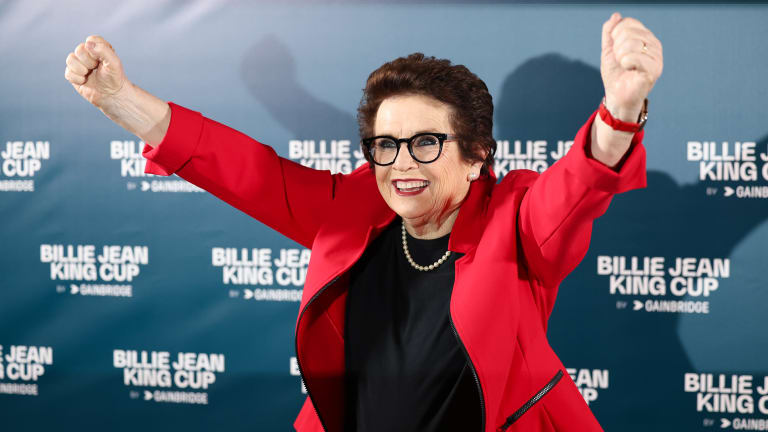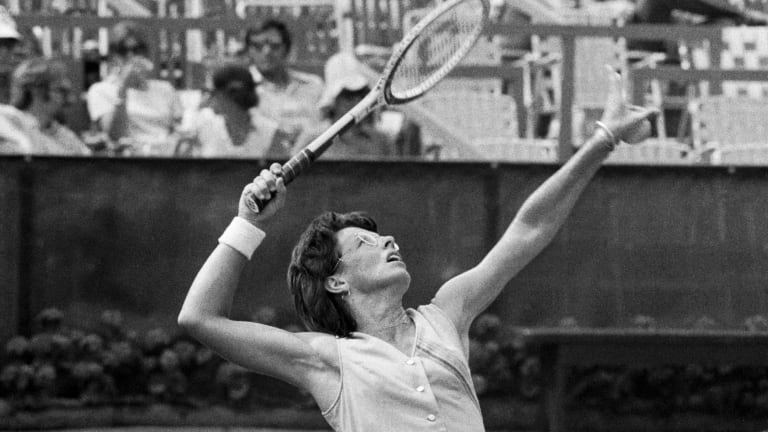Billie Jean King: A look at her achievements inside the lines
By Nov 08, 2023Social
Iga Swiatek meets first scholarship winners from namesake foundation
By Dec 18, 2025Next Gen ATP Finals
From hitting partner to headliner: Rafael Jodar shocks top seed Tien in Jeddah
By Dec 17, 2025Opinion
Carlos Alcaraz moved up with Juan Carlos Ferrero—now, he moves on without him
By Dec 17, 2025Top 5 Stats of the Year
Stat of the Year, No. 3: Novak Djokovic, serving up titles for 20 years and counting
By Dec 17, 2025Coach's Corner
Carlos Alcaraz announces shock split from longtime coach Juan Carlos Ferrero
By Dec 17, 2025Next Gen ATP Finals
The 2025 Next Gen ATP Finals: The field, fun facts and where to watch
By Dec 16, 2025Top 5 Stats of the Year
Stat of the Year, No. 4: Aryna Sabalenka wins 19 tie-breaks in a row, a new women’s record
By Dec 16, 2025News
The ATP is adding a heat rule like the one the women have had for more than 30 years
By Dec 15, 20252025 Year In Review
Aryna Sabalenka becomes seventh player to repeat as WTA Player of the Year
By Dec 15, 2025Billie Jean King: A look at her achievements inside the lines
This special feature is presented by Gainbridge.
Published Nov 08, 2023
Advertising
Advertising

Everywhere she goes, King embraces the spirit of inquiry. In conversation, she will span the globe, from tales of interactions with world leaders to queries about how an iconic instructor taught the forehand.
© Getty Images for ITF
Advertising

“She could really direct it to the corners,” said Julie Heldman of BJK's serve. “It propelled her forward.”
© Bettmann Archive
Advertising

“She saw the court, she saw the ball, and she understood tendencies,” said her longstanding mixed doubles partner, Owen Davidson. “Her footwork and technique were fantastic.”
© Bettmann Archive